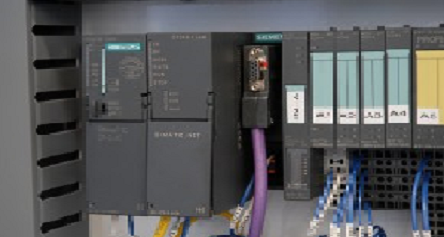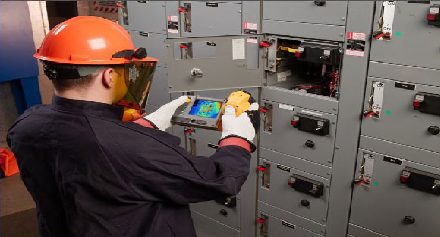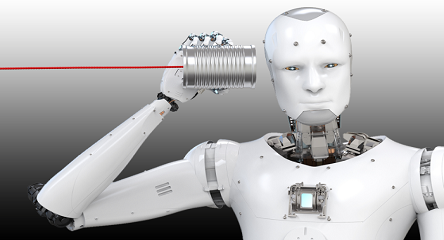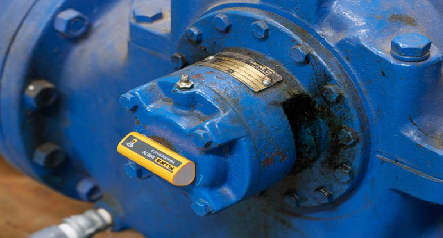How to Measure Your Machine’s RPM
Determining the RPM (revolutions per minute) of your machine is an important part of conscientious condition monitoring. Significant loss of time and productivity can occur if your machinery is not operating at the correct RPM. That’s why it is imperative to be able to quickly and accurately determine the RPM.
In this post we will provide you with a straightforward walk-through of how to determine the RPM of your machine so that you can ensure that it is operating at maximum efficiency.
First, a helpful definition of RPM is as follows: “RPM is the number of rotations around a fixed axis in one minute.”
The first thing you need to do to determine your machine’s RPM is to utilize a tool such as a stroboscope or a tachometer.
You will also need to place a piece of reflective tape on the rotating element (shaft) of your machine.
Once you have your stroboscope or tachometer ready and your reflective tape placed on your machine, you have the tools necessary to begin measuring RPM.
Now, locate the expected RPM for your machine on the machine motor’s name plate.
*Note: If your machine is a VFD, then you will need to use the expected RPM on the shaft.
An example to keep in mind is that if you have a machine with an expected RPM of 1765, a good number at which to set your stroboscope or tachometer would be 1800.
Next, find something that you can pinpoint on the machine, such as a bolt hole. Turn the machine on. Now, using your stroboscope or tachometer, keep moving the number value on your screen up or down until the machine’s shaft appears to be moving more and more slowly.
Once you have reached a range within which the machine appears to be moving slowly, fine tune your stroboscope or tachometer so that the shaft appears to have ceased all movement.
This indicates that you have found the precise RPM of your machine.
*Note: Take safety precautions to not make contact with the shaft during this measurement; although the shaft appears to have ceased its rotation, this is only because your measuring device has synchronized with the shaft’s speed.







If you dont have a strobe/tacho your VA technician can be fairly accurate by taking an axial vibration measurement from the driver with 400Hz Fmax and 3200/6400 LOR.